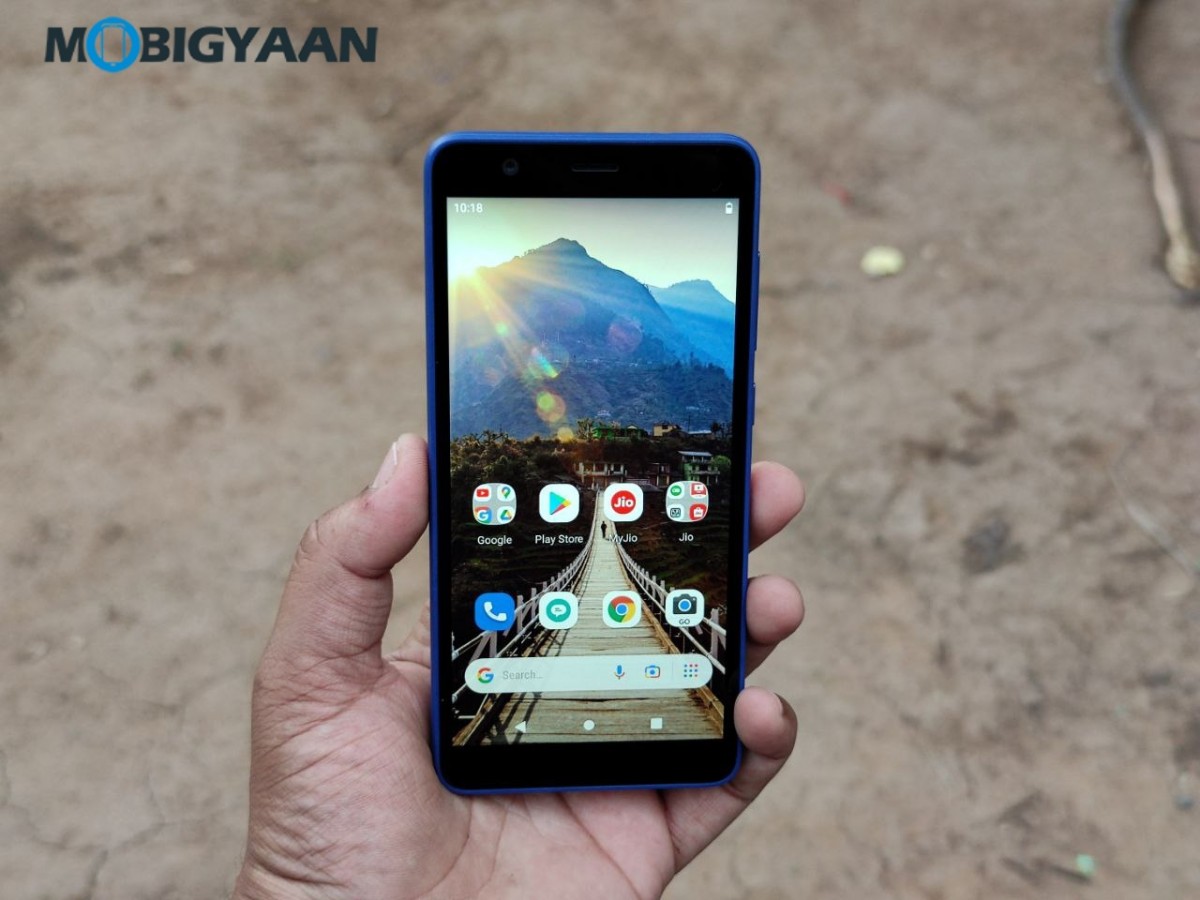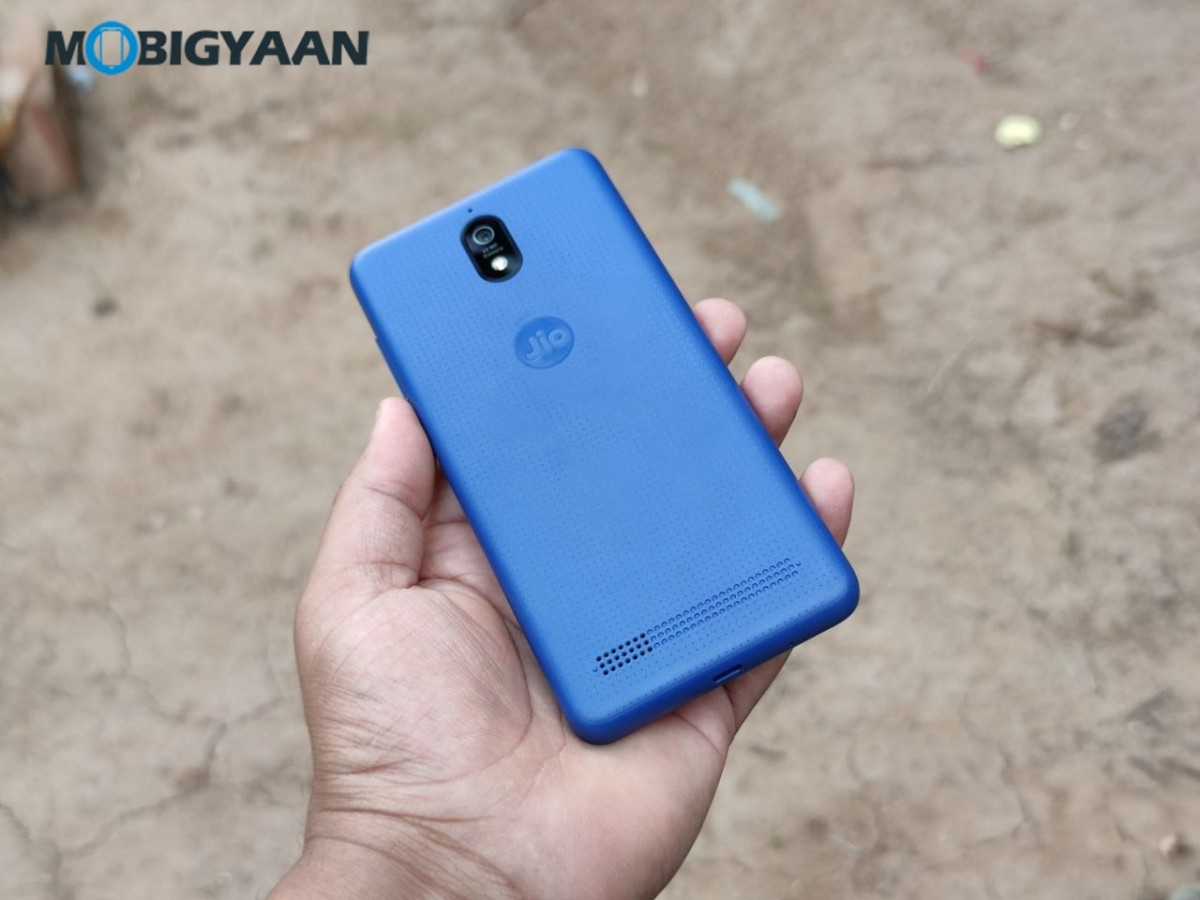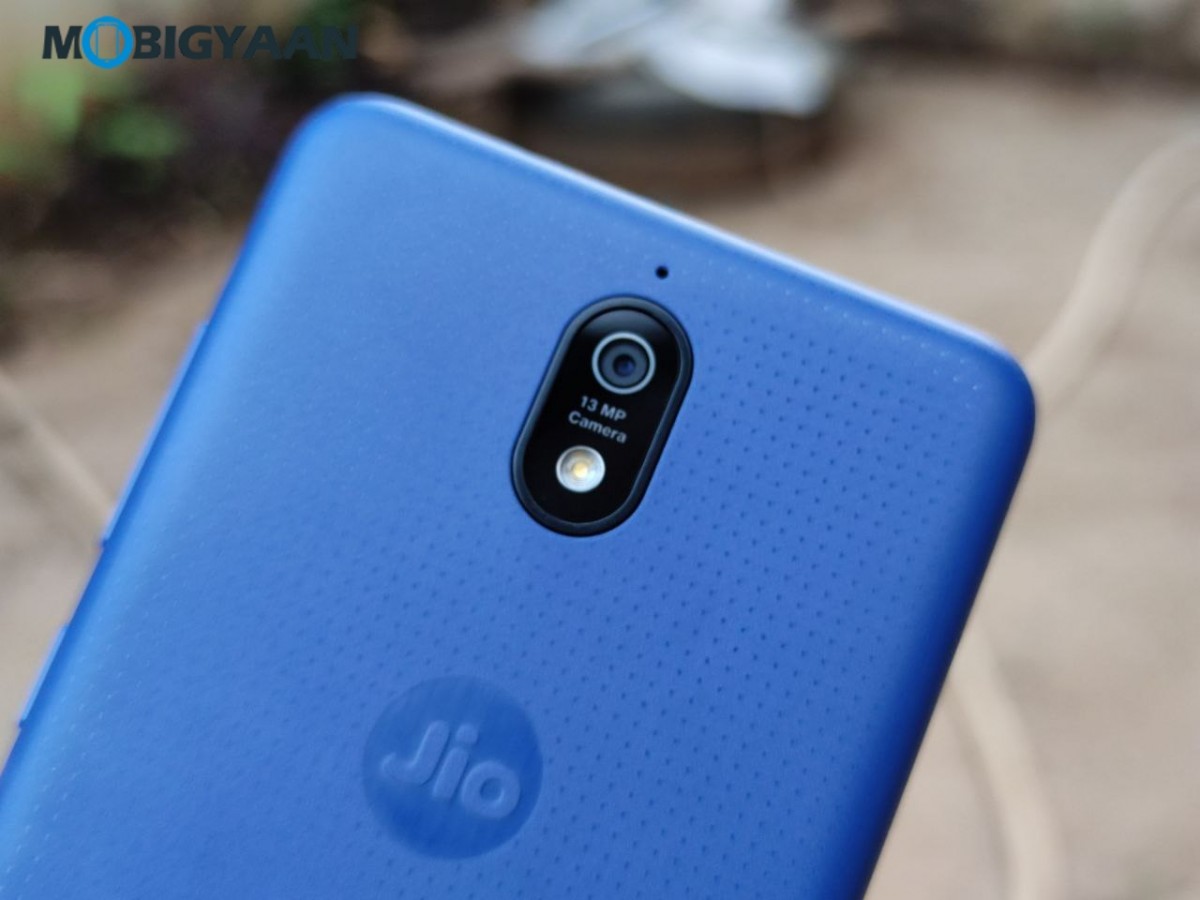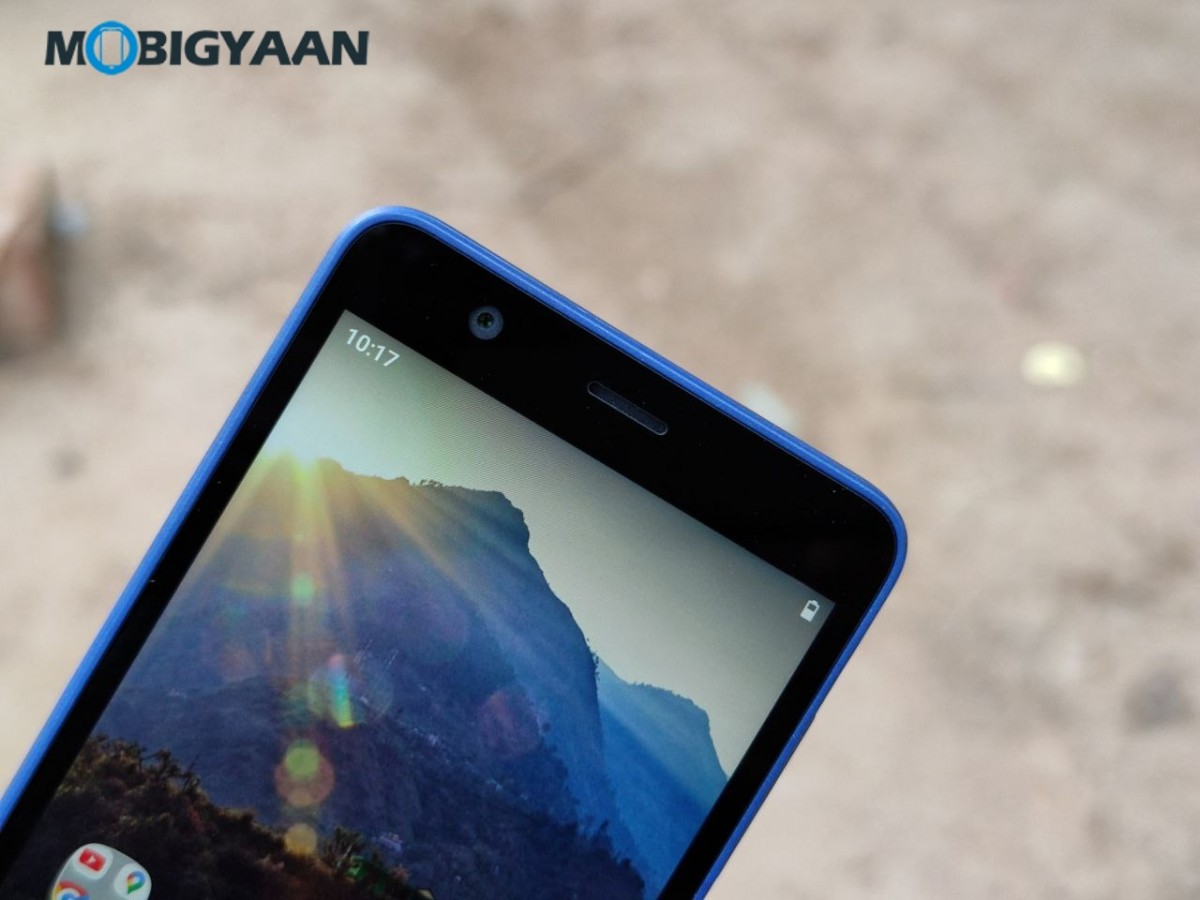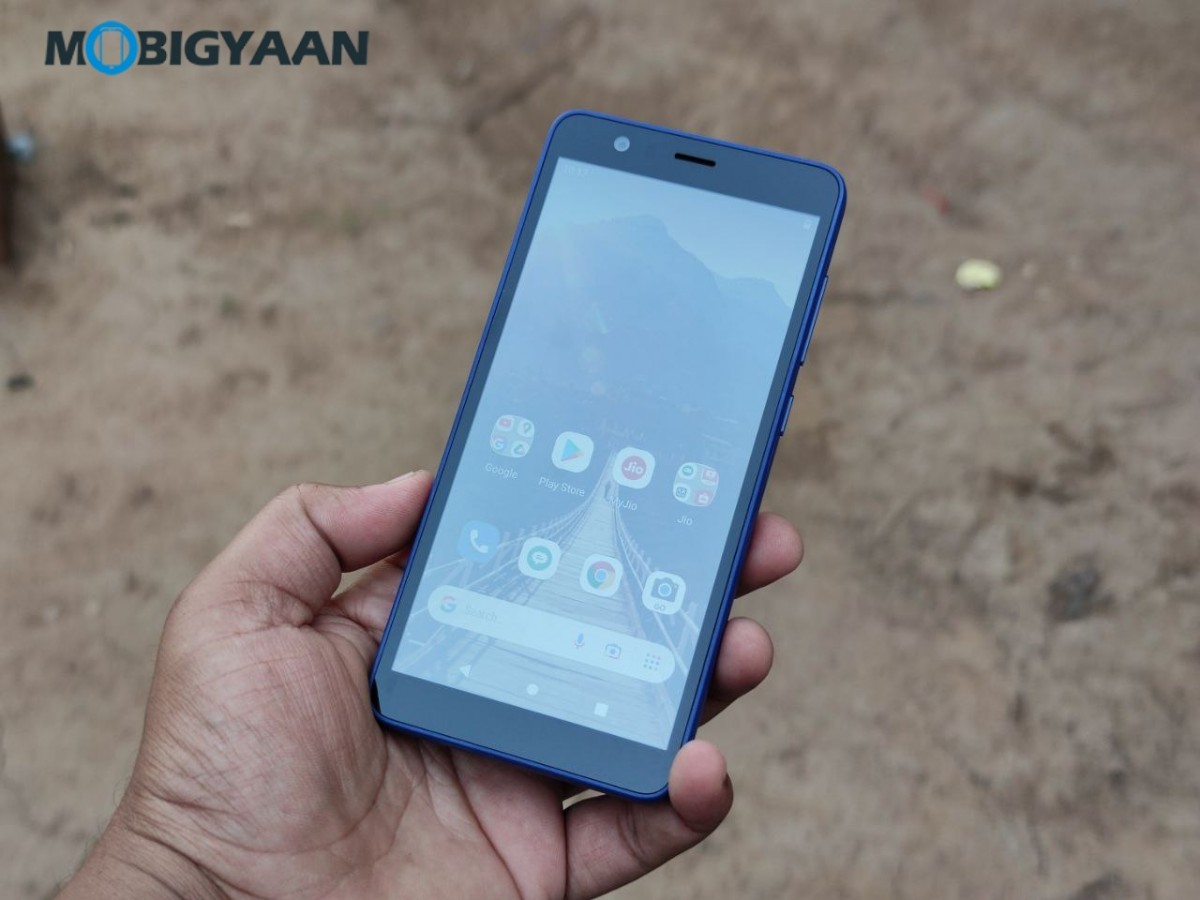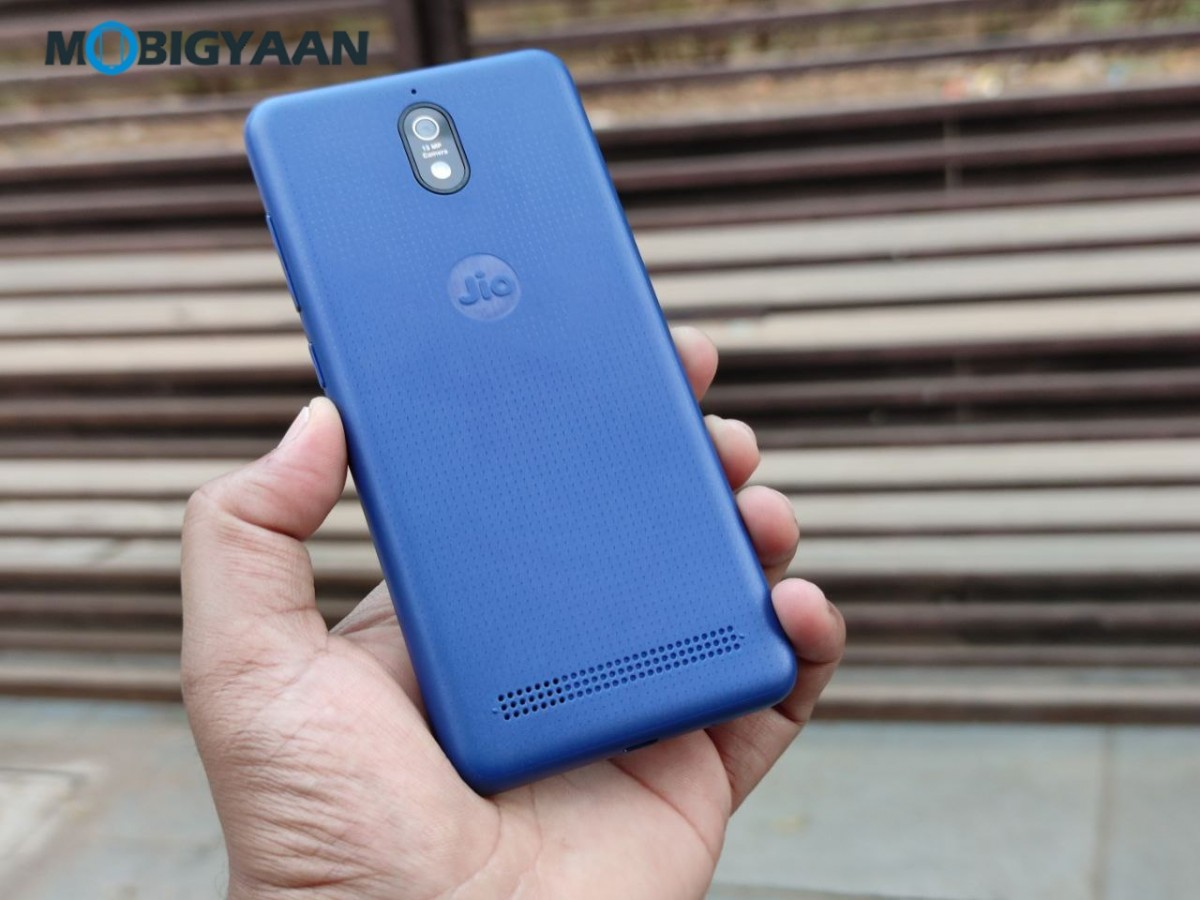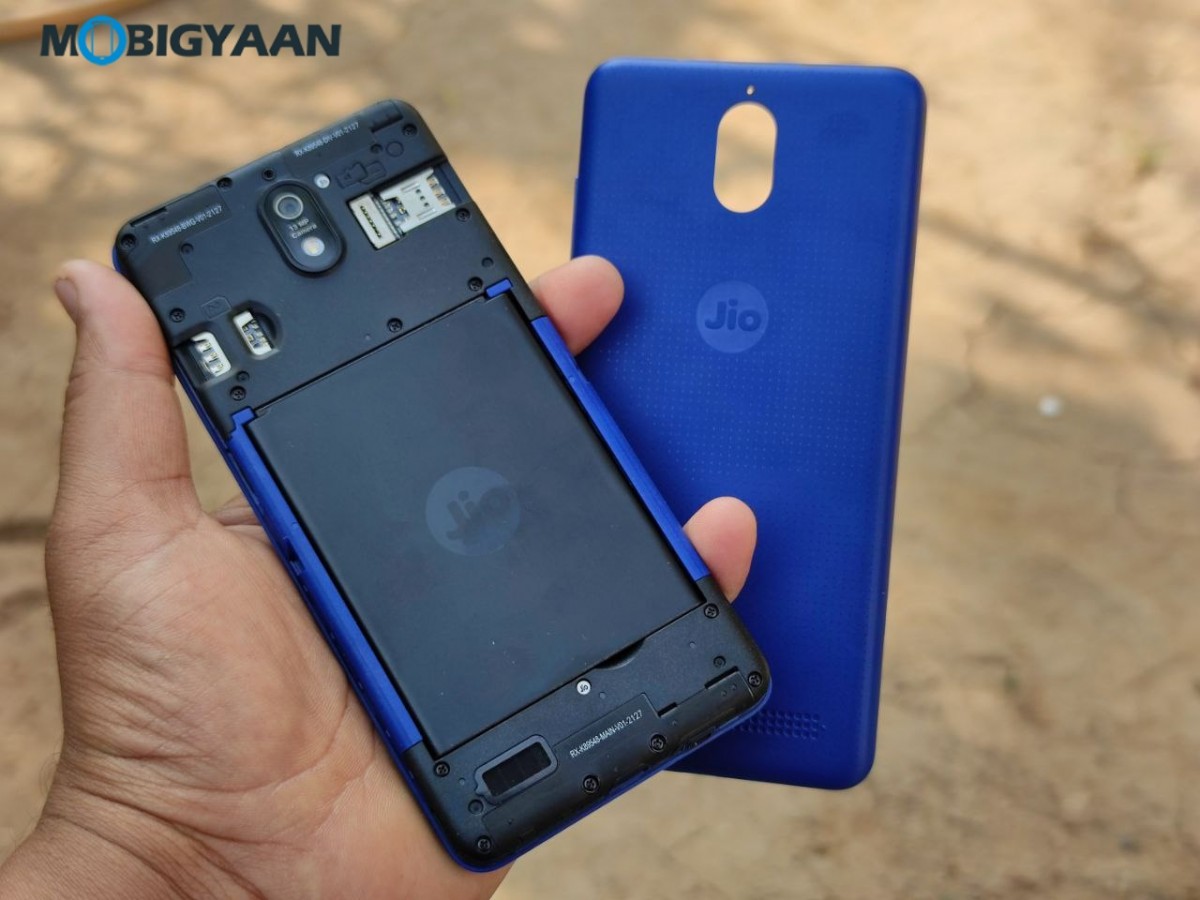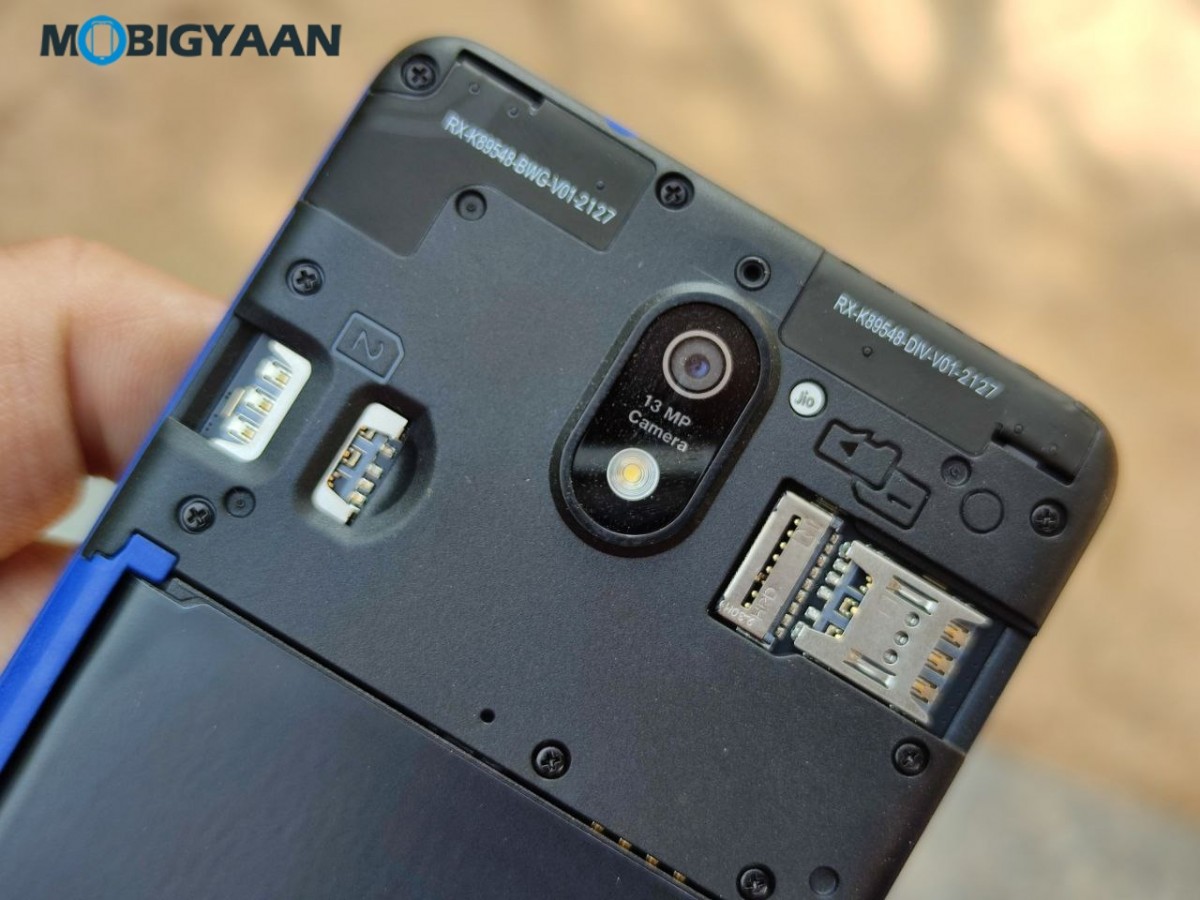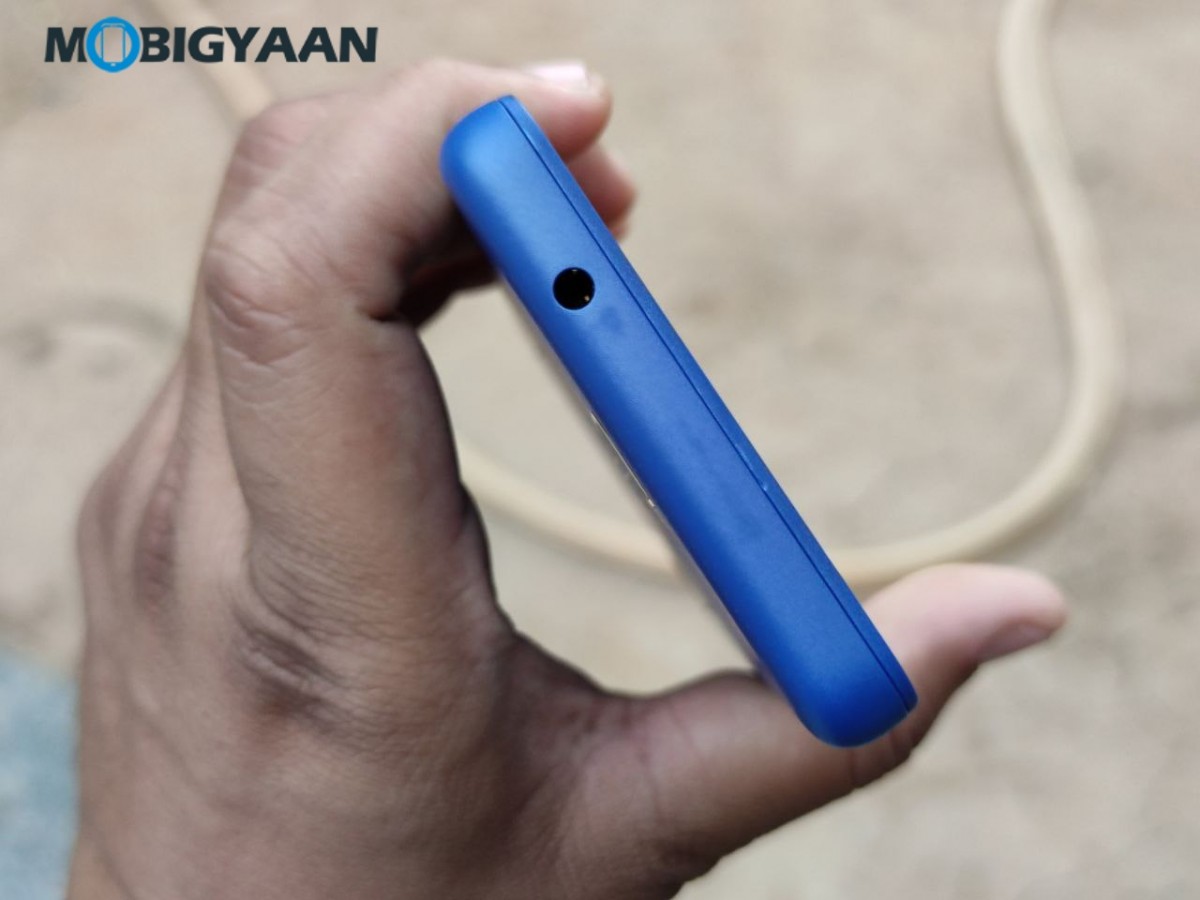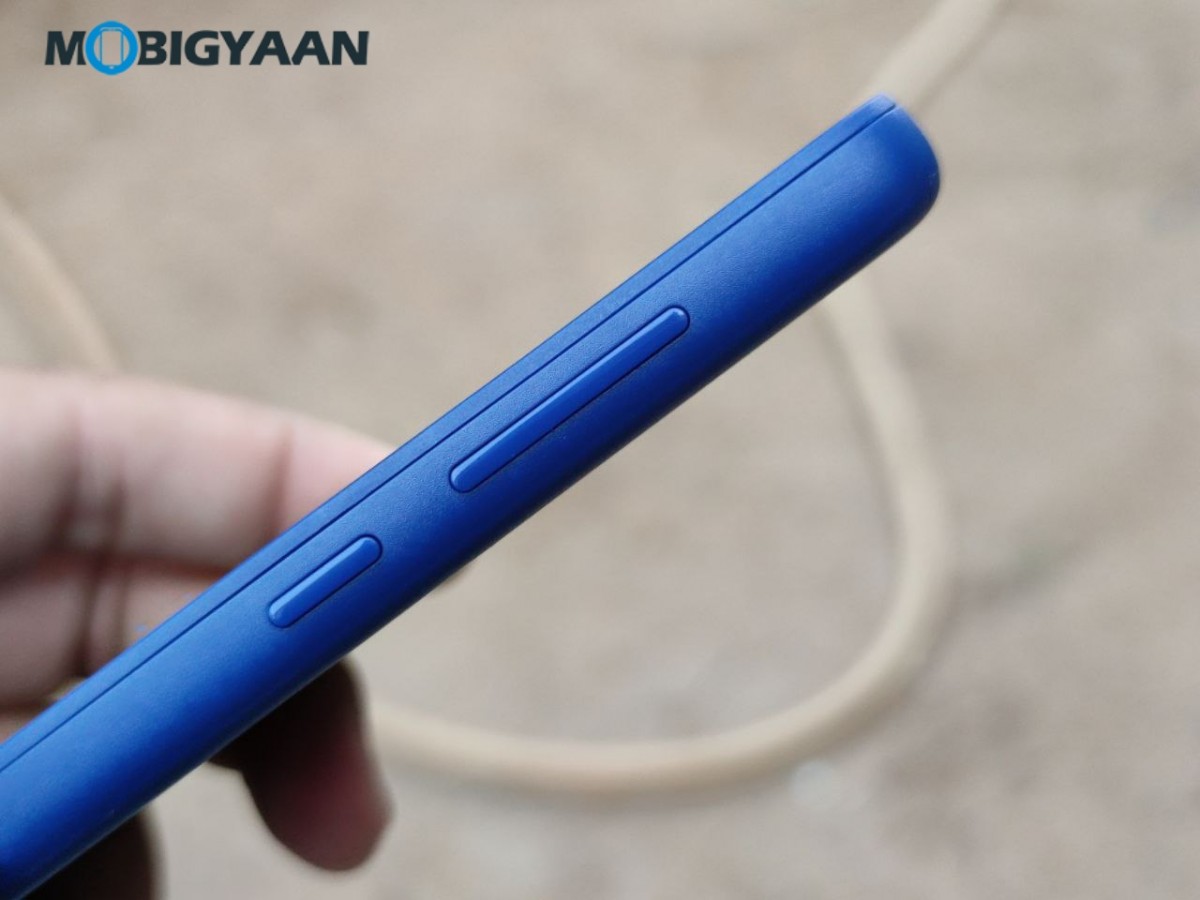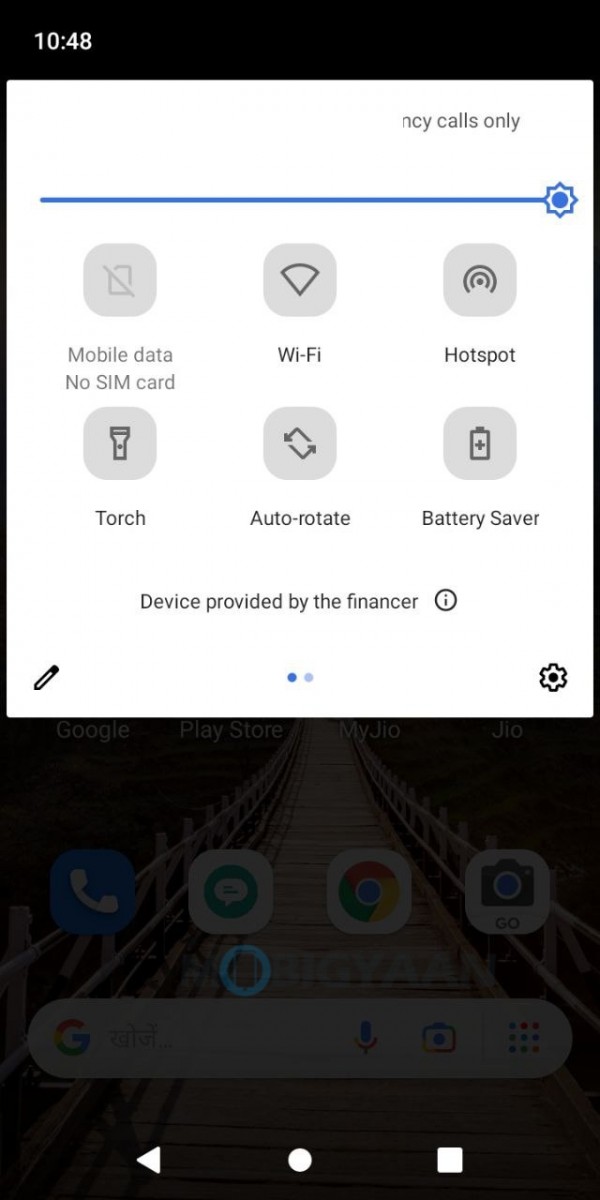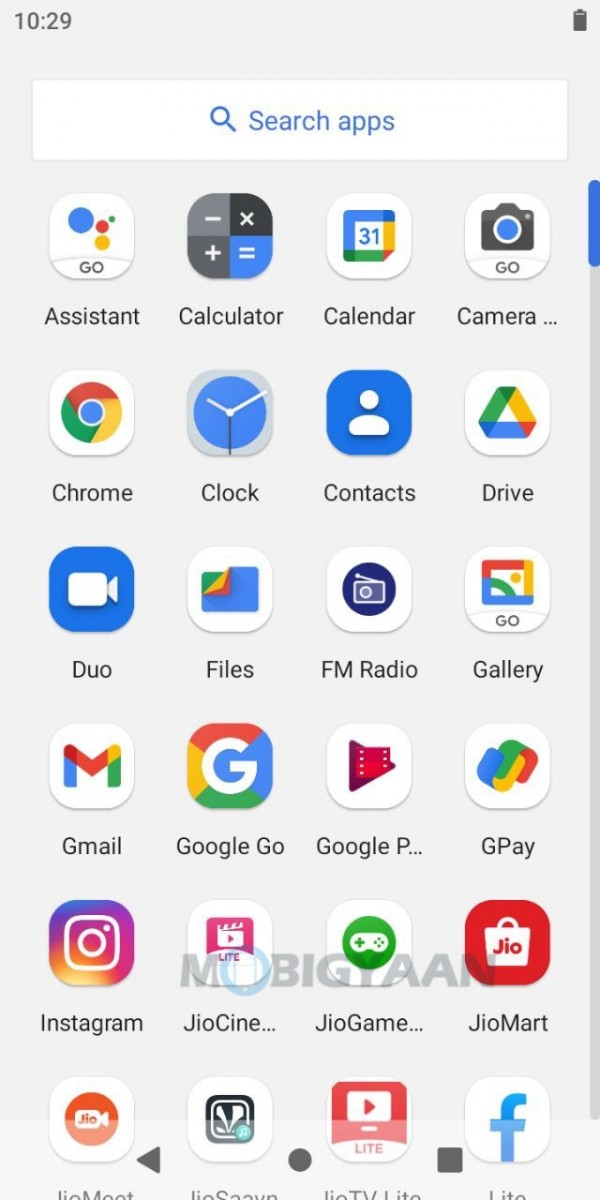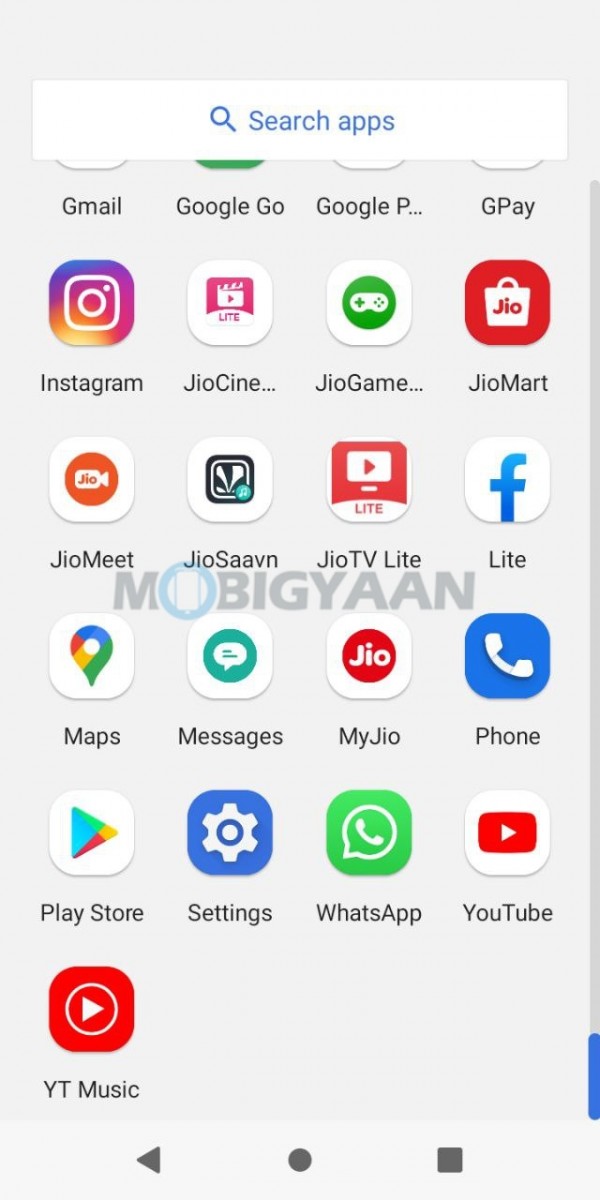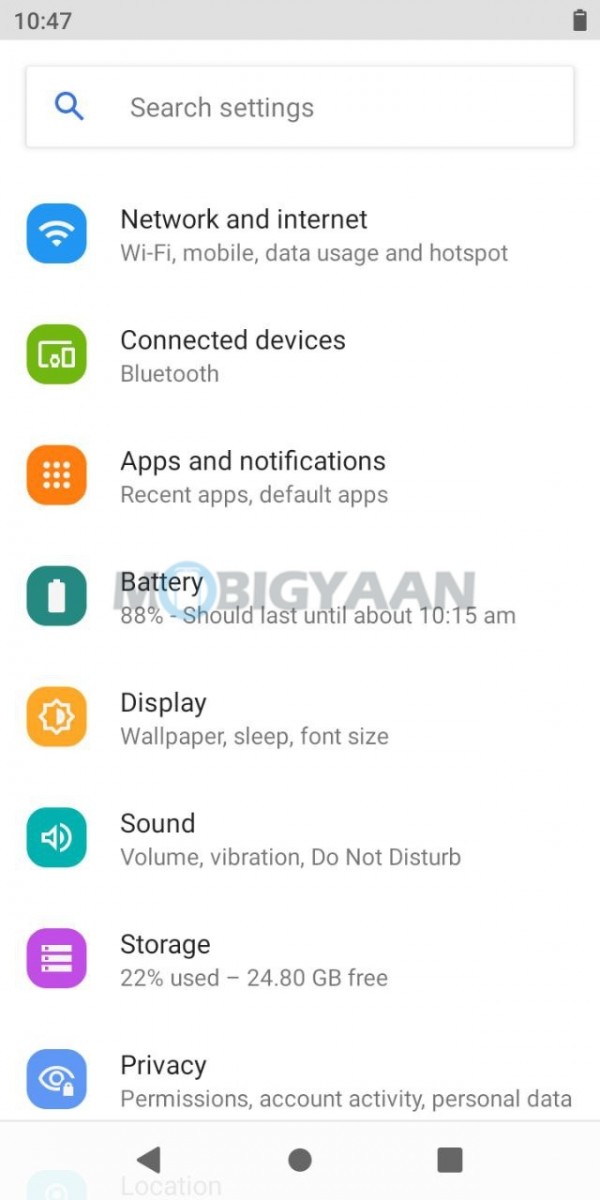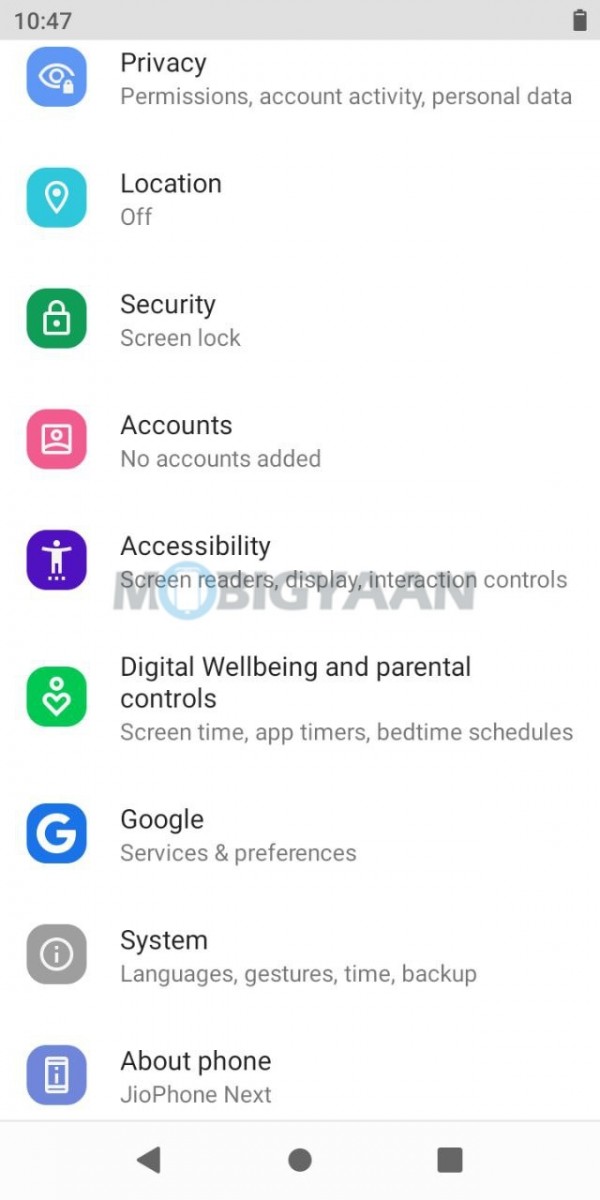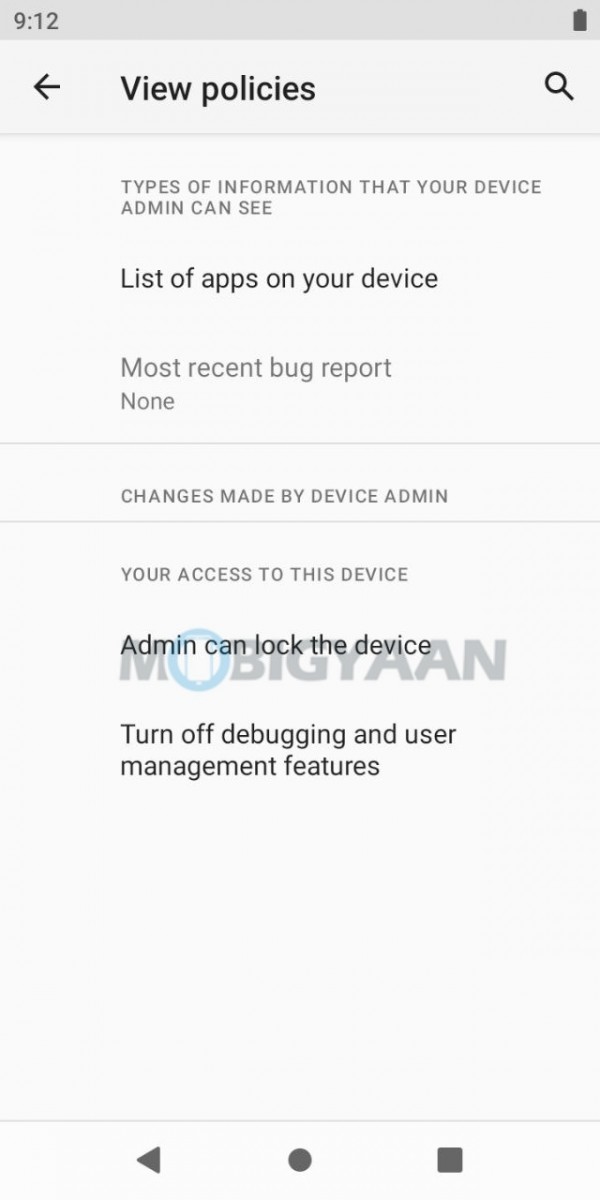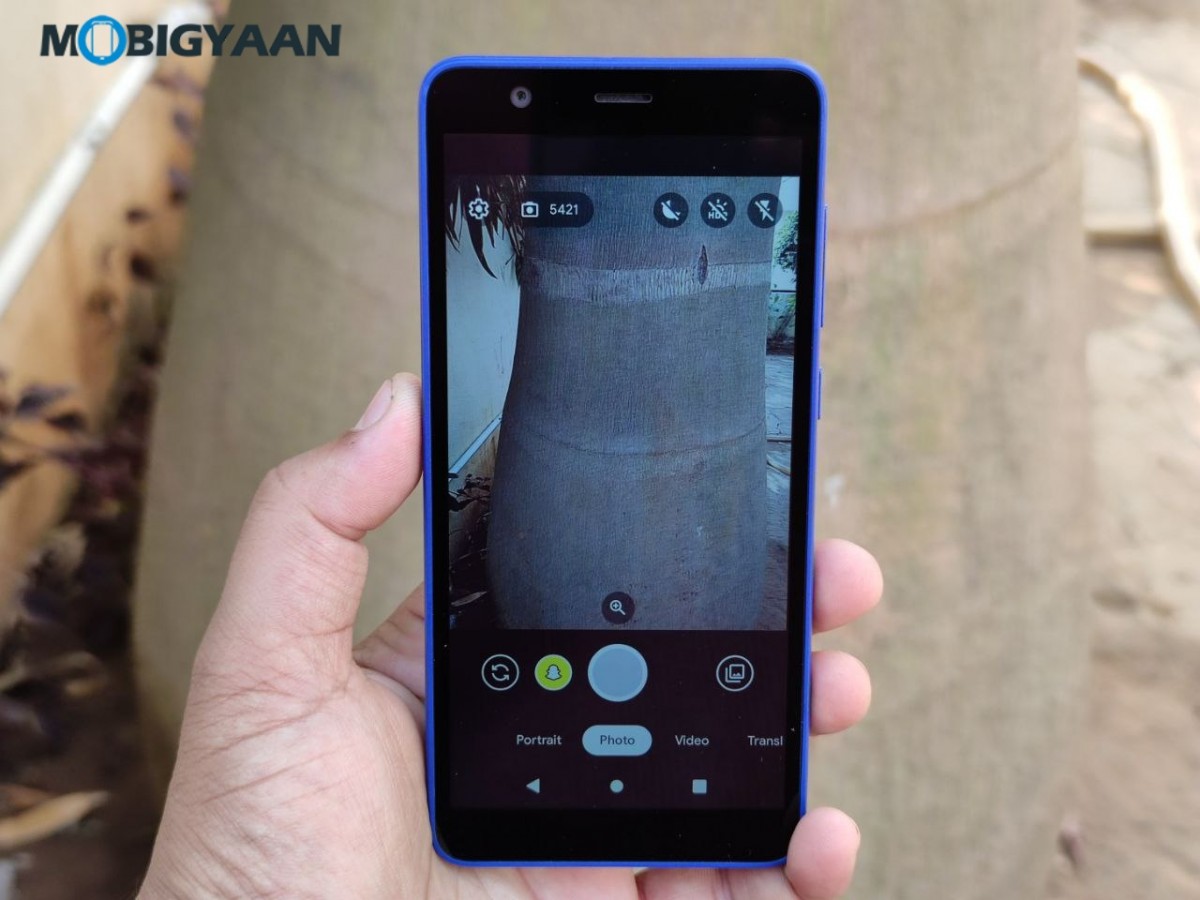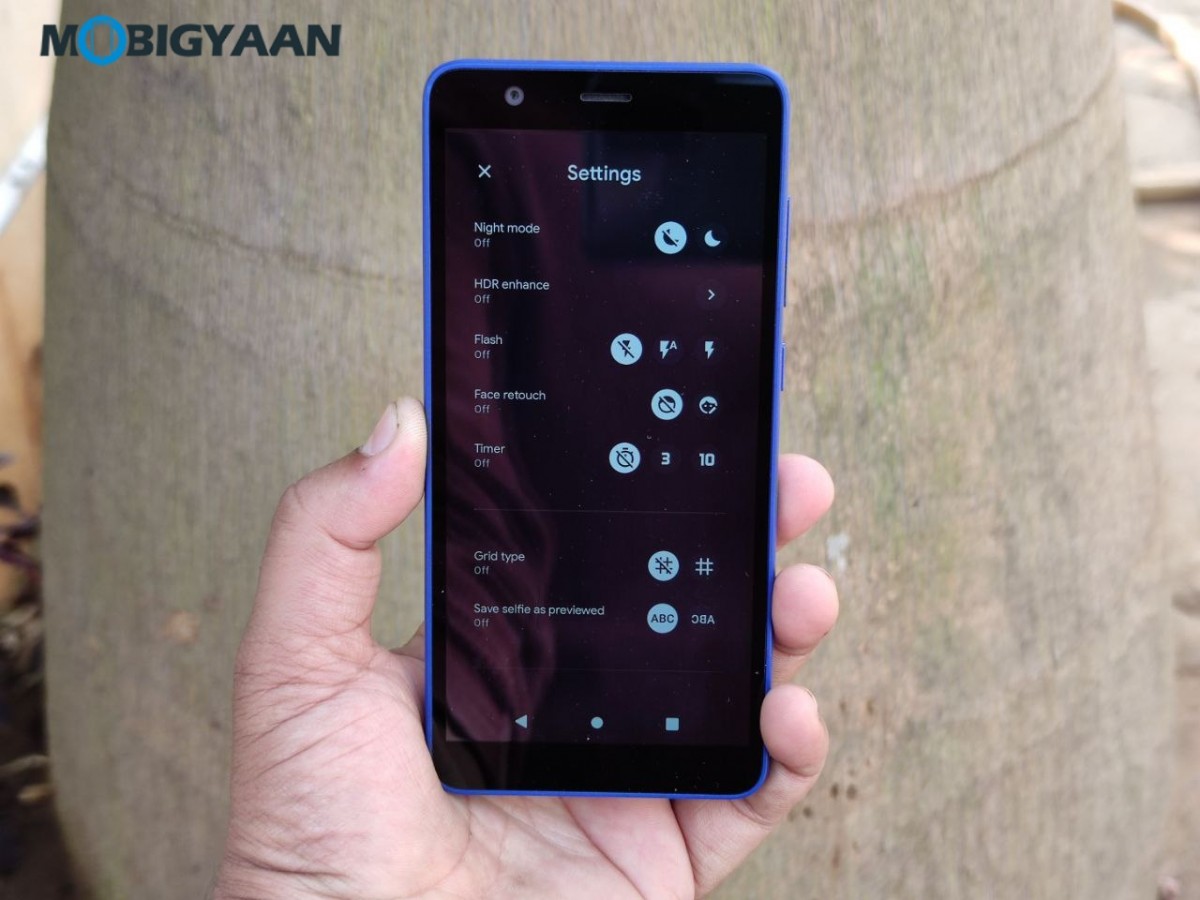Recently, Reliance Jio has announced its latest budget smartphone – JioPhone Next in India and it’s among the affordable Android smartphones, but what’s surprising here is Jio is offering this smartphone at Rs 1,999 and the rest to be paid via easy EMI starting at ₹300 a month which also includes the 4G data and calling benefits. How good is this phone? Here’s our JioPhone Next review.
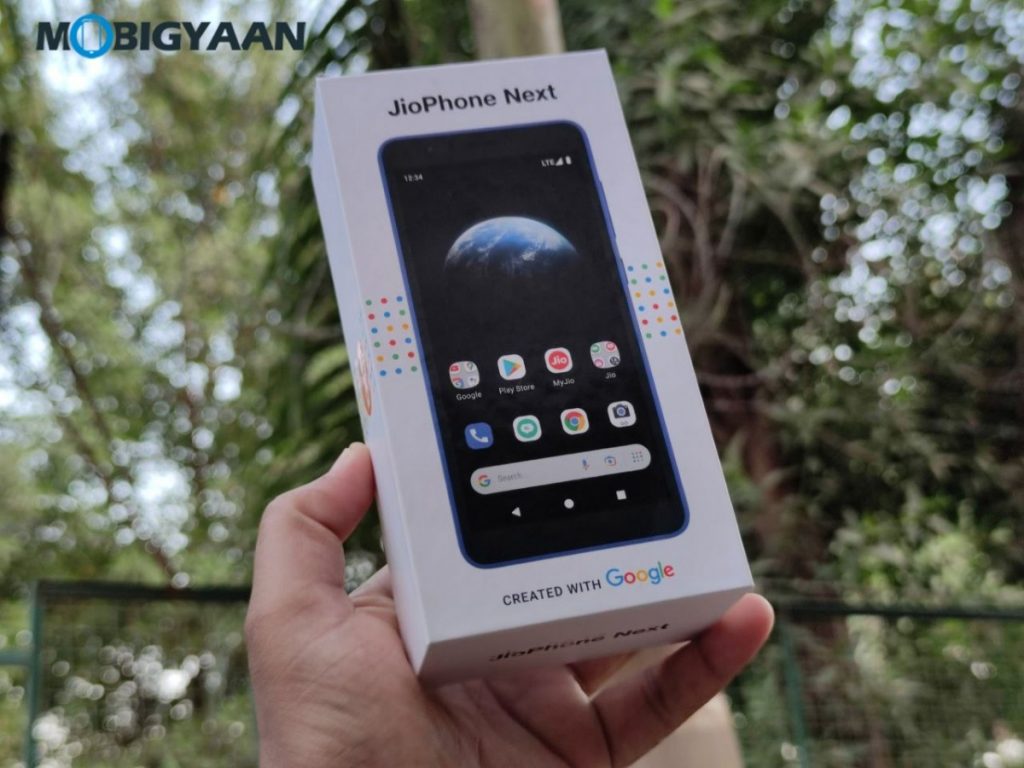
Reliance JioPhone Next Specifications
- Display: 5.45-inch IPS HD+ display (1440 x 720 pixels resolution), anti-fingerprint coating, Corning Gorilla Glass 3 protection
- Software: Pragati OS based on Android 11 (Go Edition)
- CPU: 28nm 1.3 GHz Qualcomm Snapdragon 215 quad-core SoC
- GPU: Adreno 308 Graphics
- Memory: 2 GB RAM
- Storage: 32 GB internal storage; expandable up to 512 GB via microSD card
- Main Camera: 13 MP
- Selfie Camera: 8 MP
- Connectivity: micro USB, 3.5 mm port, Wi-Fi 802.11 b/g/n, Bluetooth 4.1, GPS
- Cellular: Dual 4G network
- Battery: 3,500 mAh
- Price: ₹1,999 + EMI or ₹6,499 upfront
- Availability: 4th November 2021 onwards, Jio retail stores
Design, Display, & Build
Jio chooses a classic design for the JioPhone Next, unlike the notched look, but bezels at the top and at the bottom. The back has a matte finish appearance that doesn’t prone to fingerprints, and also gives you a nice dotted texture.
Since JioPhone Next is a budget smartphone, it features a small 5.45-inch IPS display with HD+ (720 x 1,440 pixels resolution) protected by Corning Gorilla Glass 3 and an anti-fingerprint coating. It’s compact, easy to carry, and has very good build quality.
On the front side, the top end includes an 8 MP selfie camera and an earpiece for calling while the bottom area is kept clean. On the backside, you will see a single 13 MP camera with an LED flash, Jio’s branding just below it, a secondary microphone just above it, and a large speaker grill at the bottom.
On the right side at the bottom, you will see an opening that helps you to remove the back cover, you will be able to access the battery from there. The battery can be removed easily which is one of the rare features you will see in Android smartphones nowadays.
Once you remove the back cover, you will gain access to the two SIM slots and a microSD card slot. You will also see the loudspeaker below while the micro USB port, a microphone (making it a dual-mic phone supporting MEMS) are at the bottom side and a 3.5 mm audio jack at the top. The right side has power and volume control.
The smartphone isn’t restricted to only Jio SIM cards, which is good, you can put other SIM cards, but do note that you won’t be able to use mobile data from them, you are stuck with the Jio’s data. This can be a letdown if you have a SIM card other than Jio and you are running data on it.
Software, User Interface, & Features
JioPhone Next is a budget smartphone running on Android-based customized Pragati OS made specifically for the Indian audience. The Pragati OS is tailored to deliver a simplified and delightful experience for users in India. Google and Jio have worked together to create this OS. The software specs include Android 11 Go out-of-the-box layered with Jio’s Pragati OS, 5th September 2021 as Android security update and 1st June 2021 as Google Play system update.
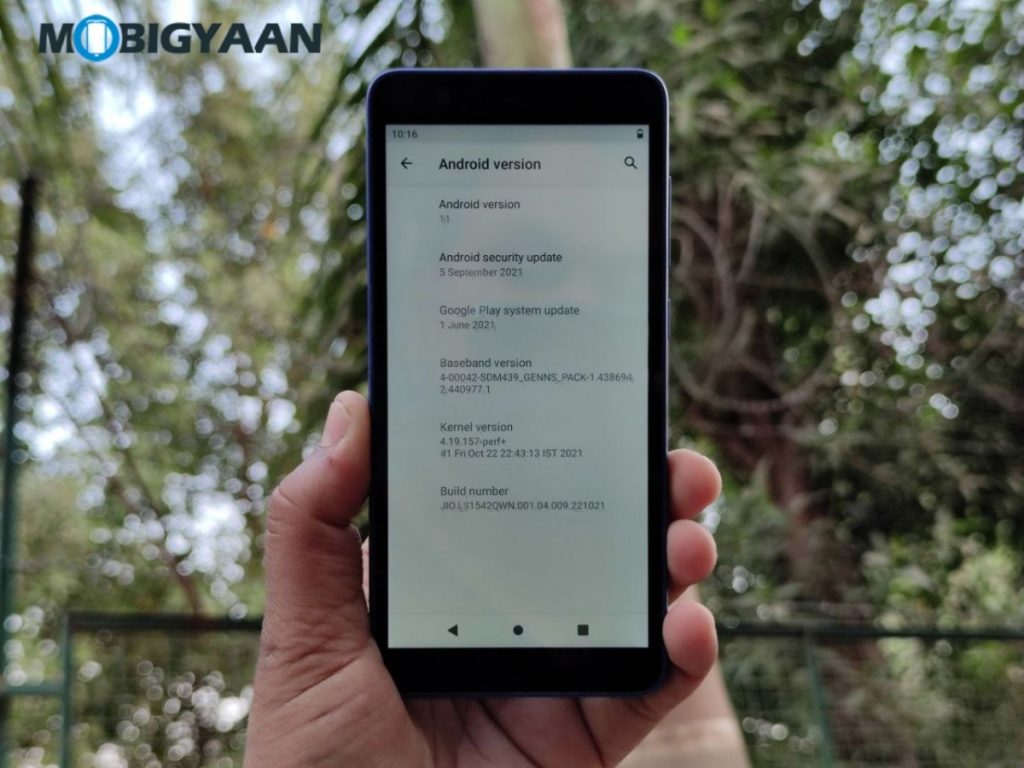
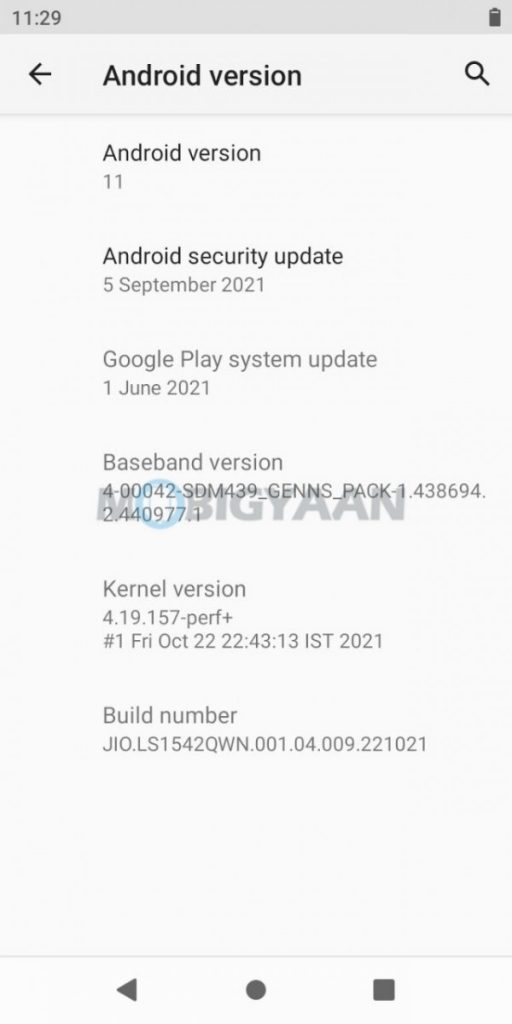

The Android 11 Go on the JioPhone Next is very close to a stock Android interface, you will find the least apps installed from the third party, although you will see some apps from Jio itself. Some of the pre-installed apps include Facebook Lite, WhatsApp, Instagram as third parties, along with GApps and Jio Apps. As it’s an Android Go device, you will see low-spec Go apps on the phone which include Google Assistant Go, Camera Go, Gallery Go, and Google Go.
We did not find any huge performance lags in the interface in our initial use, but you can’t expect to run smoothly if your phone usage is mainstream, a phone with 2 GB RAM and an entry-level processor will perform according to its specs. For starters, this phone performs as it should, the Pragati OS on the phone seems light in weight.
The Pragati OS has optimized the phone for Indian users, hence you will feel home. The phone has easy to use interface and offers translations to your regional language on various screens and has strong integration of Google Lens and Google Translate.
Aside from this, the JioPhone Next has a feature that ensures if the buyers who choose the EMI route to get the phone will make their payments on time. The Device Lock feature is set to restrict user access to the JioPhone Next if they default the payments. You are also restricted from using mobile data from SIM cards other than Jio.
As for its price and financing options, the JioPhone Next is priced at ₹6,499 upfront or ₹1,999 as a downpayment with a starting EMI of ₹300 onwards. The EMI tenure can be either 18 months or 24 months with installments of ₹300, ₹350, ₹450, ₹500, ₹550, or ₹600. These EMIs are inclusive of 4G Mobile data and calling benefits, the 4G data ranges from 5 GB per month to 2.5 GB per month.
To know more about the plans and how to get JioPhone Next at ₹1,999 + EMI, visit this link.
Hardware, Performance, & Gaming
The JioPhone Next equips a 1.3 GHz Qualcomm Snapdragon 215 quad-core processor manufactured in the old 28nm process, coupled with 2 GB RAM and 32 GB internal storage which expands up to 512 GB via microSD card. There are no other storage and RAM variants available for now, you are limited to 2 GB RAM which is why the phone has the Android Go operating system for its low-end specs.
The performance of the phone would be close to the entry-level Android smartphones, and as it’s a quad-core SoC, you can expect its power somewhere near to the Snapdragon 425 SoC. It competes with Xiaomi’s Redmi 9a and realme C11 2021 in this price segment. The wireless connectivity options on the phone include Bluetooth 4.1, Wi-Fi 802.11 b/g/n, and GPS.
We don’t suggest gaming on this device, although you can play light games on it. This is an Android Go device and this operating system supports Android Go apps that are supposed to run smoothly as compared to the regular apps.
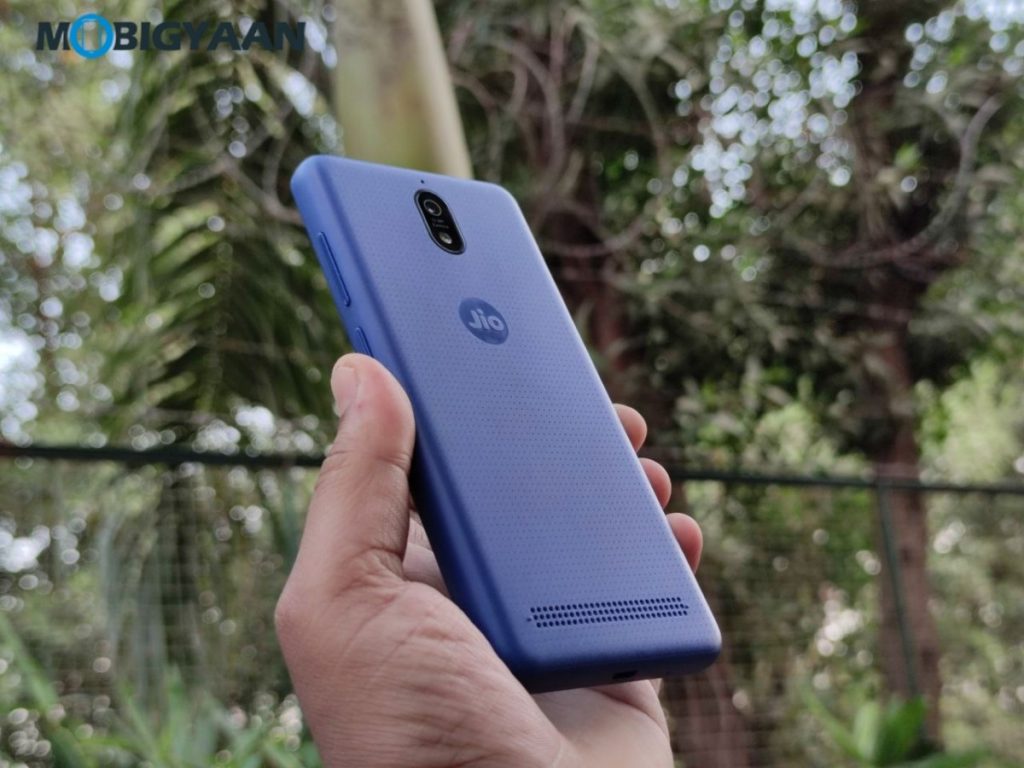
Cameras
Moving to the cameras on the phone, it offers a single 13 MP camera on the rear side and an 8 MP selfie camera on the front side. The Rear camera offers portrait mode, night mode, HDR, and preloaded custom India-augmented reality filters. The camera app has Snapchat integration in the Camera, hence it connects to the internet to provide selfie filters to you. Take a look at the camera app in the image below and the samples we took from the phone’s camera.
JioPhone Next Camera Samples
Battery Runtime & Charging
For its battery, you get a 3,500 mAh battery on the JioPhone Next that can be charged via a micro USB port. If we compare the battery size to its Chinese rivals, Xiaomi’s Redmi 9a and realme C11 2021, the JioPhone Next struggles in the battery department, but the good part here is, you can remove and replace the battery yourself which you don’t see on many smartphones these days. A 3,500 mAh battery on a light spec will perform fairly well, we didn’t find the phone short on battery.
The JioPhone Next comes with a standard charging 5V and 1.5A equivalent to 7.5 Watts charging power, hence it could take more than 2 hours to charge the phone with this charger.
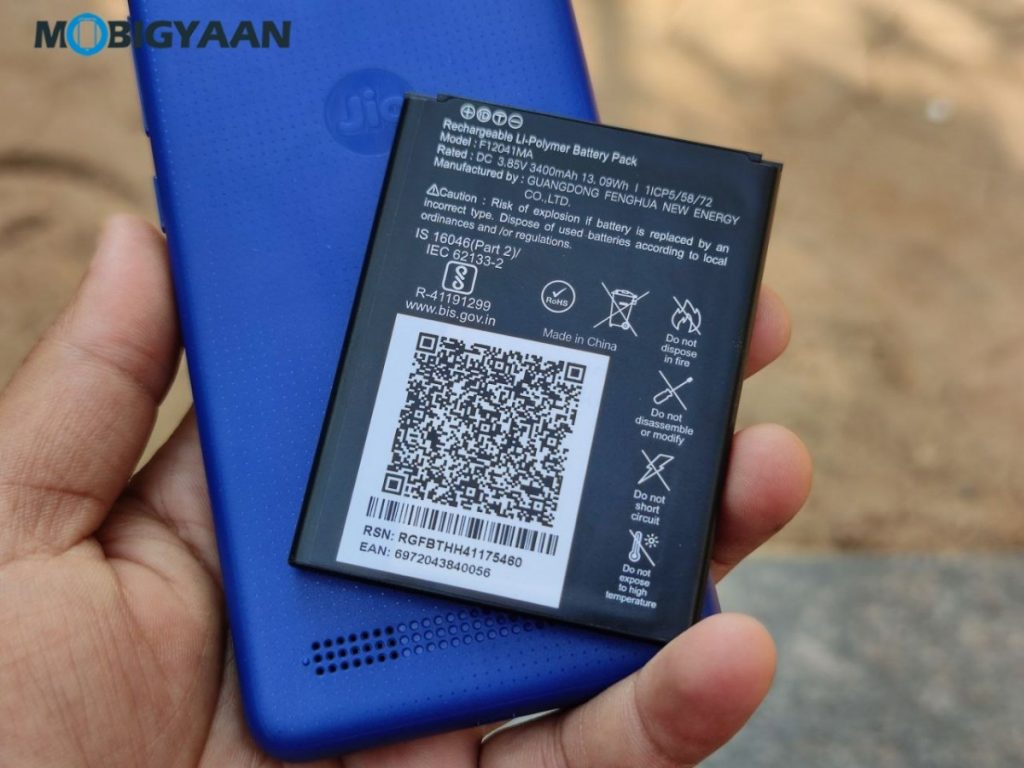
Verdict
The JioPhone Next is an entry-level 4G smartphone, it has a good build quality, a compact design, and comes with a tailored Android experience for Indian users. The price for this phone is ₹6,499 and competes with the Chinese rivals, but strives to keep up with the specs, especially for a larger battery. Users still have the advantage of choosing an Indian brand over a Chinese, and hence can be considered, but this phone seems more valuable for the starters who want a smartphone experience and can only spend a small sum at once. The Financing options are likely to act here, the JioPhone Next seems great if you go with its ₹1,999 + EMI plan, however, do note that you also have to shell ₹501 as processing fees if you opt for Jio finance.
That’s not all, another important factor about this phone is you can use other SIM cards quite well but are restricted from using their mobile data. In addition, the Device Lock feature on the phone ensures, if you choose the EMI route to get the phone, you will be making timely payments else, else it can lock down the phone’s functionalities in case of payment defaults. On the flip side, if you pick a phone in a similar price range on EMI, you aren’t limited to SIM card functionality, your phone doesn’t lock out, and you get more choices in a smartphone.

